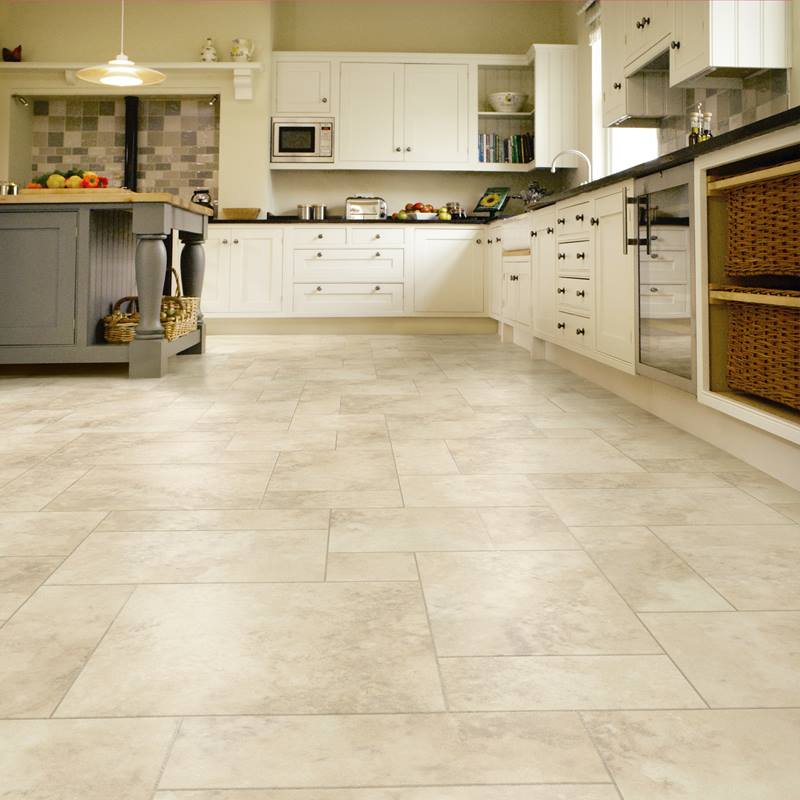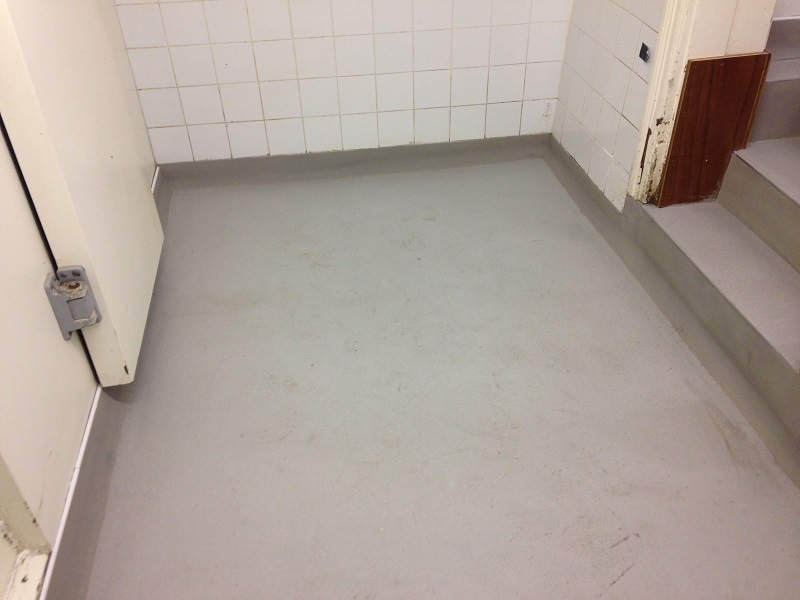Advantages and Disadvantages of Bamboo Flooring
Advantages and Disadvantages of Bamboo Flooring
Blog Article
This article down below in relation to Luxury Vinyl Care & Maintenance is really stimulating. Don't miss it.

Bamboo flooring is renowned for several home owners due to its advantages. It has ended up being the significant choiced flooring for service as well as house owners whenever there is need for sustainability.
Bamboo just like wood, is at risk to damages as well as fracturing when moisture levels change.
Are you assuming regarding bamboo flooring for your residence? Matter on your own lucky due to the fact that this post will show you everything you require to know. We will review its features to think about. We will certainly likewise go over the different kinds of bamboo flooring readily available on the marketplace. Keep reading!
Types of Bamboo Flooring
There are 3 fundamental choices: strand-woven, vertical, and horizontal. Homeowners can select which kind of bamboo flooring to acquire based on their qualities. The buyer's desired aesthetic effects the chosen Bamboo flooring kind.
Engineered Bamboo Flooring
Both strong as well as crafted bamboo flooring choices are readily available. As soon as the bamboo timber fits, it isn't very easy to compare them.
Their distinctions are due to their making. As an example, engineered bamboo wood has a slim plywood support.
Whether engineered or solid, bamboo flooring is tough, resistant, and also eye-catching.
Engineered bamboo flooring uses the floating wood flooring over a thin foam base. They may also be in the kind of large slabs. For example, they are readily available in sizes up to 19 cm.
Solid - Straight Bamboo Flooring
You will certainly observe that this type is virtually the like upright bamboo flooring. However it has a mild variant. Horizontal bamboo is just one of the most prominent types of bamboo flooring.
It is made by drying significant strips of bamboo, cutting these bigger items into thinner strips, and afterwards gluing them to develop planks. The boards will then go through stress and heat to ensure they are well fastened.
All-natural bamboo has a lighter shade. Thus, the strips are commonly stained. While carbonized bamboo will certainly be less tough than routine bamboo, if you need a darker shade, it may do you excellent. It additionally offers the natural bamboo looks as well as a variety of alternatives.
Strand Woven Bamboo Flooring
Shredding the bamboo to draw out the fibers is among the a lot more luring action in generating strand-woven bamboo floors.
The bamboo fiber is usually combined with a glue after it's made to a pulp. The material is then weaved and also pressed together under terrific warm, as the name suggests.
After making horizontal and also vertical bamboo, the strips offer to produce strand woven bamboo. The eco-conscious buyer may find this attribute appealing. The factor is that it makes sure that the entire bamboo stalk generates really little waste.
Strong - Upright Bamboo Flooring
Thin strips of dry bamboo timber glued up and down and pressed making use of high warm and pressure develop this sort of bamboo flooring.
The thinnest side of the bamboo slabs will remain in an upright form. Then, a company bonding, pushing, as well as lamination will certainly follow. Because of their method of joining, the bamboo strips feature a narrow grain pattern.
The good idea about this kind of bamboo flooring is that it is resilient as well as extremely cost effective. Likewise, it provides a elegant and sophisticated floor finish. It is not commonly available.
Functions As Well As What to Bear in mind When Selecting Bamboo Flooring
With a multi-layered covering, bamboo flooring will be pretty long lasting. But keep in mind that future touch-ups might need a much more competent flooring specialist.
Also, using your finish will make matching fixings less complicated once set up in your house. But the coating will not last as long as factory surfaces.
Aside from that, here are some amazing attributes of bamboo flooring.
Eco-Conscious
This flooring originates from an all-natural plant called the bamboo plant. So when compared to various other tree varieties made use of to make wood flooring, bamboo expands even more as well as quicker.
Cheap Upkeep
You can keep bamboo flooring in good condition by cleaning and damp mopping. In spite of being much more prone to scratches, bamboo flooring is very simple to preserve.
You might get bamboo floorings that are just as good as new by sanding them down as well as using a fresh layer of paint.
Long lasting
Bamboo flooring is not developed equivalent. There are lots of kinds of bamboo, and also the numerous methods used to turn it right into planks impact its resilience.
Because of this, bamboo, like wood flooring, can end up being vulnerable to tear as well as put on over time. Damaging, splitting, and various other wear and also tear might take place. You can additionally sand some bamboo to resemble wood, however not all.
Bottom Line
It's basic to understand why bamboo flooring has come to be much more well-liked nowadays. For almost any home, bamboo uses numerous solid as well as sound remedies for the atmosphere. Bamboo floor may be the finest choice for updating your flooring.
We will additionally talk about the various types of bamboo flooring offered on the market. Property owners can pick which kind of bamboo flooring to purchase based on their traits. Horizontal bamboo is one of the most popular types of bamboo flooring.
While carbonized bamboo will be much less tough than routine bamboo, if you need a darker color, it might do you excellent. After making horizontal and vertical bamboo, the strips serve to develop hair woven bamboo.
Bamboo Flooring
Manufacture of Bamboo Flooring
Stranded bamboo is made by shredding the bamboo stalks into small strands, which are compressed into sheets using heat and resin binders, then cut into planks to use as building materials. This form of flooring is available both as tongue-and-groove planks that are nailed down, as well as planks that float over the underlayment. This is a premium form of bamboo flooring, available in many colors.
Horizontal bamboo flooring is manufactured by cutting the strands into thin strips which are then glued together to form planks. This type of flooring has a "grain," since the long stalk fibers are visible in the flooring. This type of bamboo is not as hard or durable as stranded bamboo, but it can have a very striking appearance. It, too, is available both in nail-down planks and as floating floor planks.
Engineered bamboo flooring is made by bonding a thin layer of bamboo onto a plywood or MDF core. This flooring is comparable to engineered hardwood and is installed in the same way—usually with click-lock planks that float over a foam underlayment. It is the least expensive (and least durable) form of bamboo flooring, and it cannot be refinished.
Unless it is stained, most bamboo flooring has a natural blonde or amber color that resembles unfinished maple or birch, but darker tones are available through a process called carbonizing, which entails subjecting the planks to high temperatures. While the color can be very attractive, carbonized bamboo is softer than uncarbonized forms, and is more susceptible to scratching.
Eco-Friendliness
Environmentally conscious consumers are often drawn to bamboo as a wholly renewable resource. Unlike the hardwood lumber industry, where trees can take decades to mature, bamboo stalks grow so fast that there is little environmental liability to the harvest practices. Moreover, bamboo stalks that are cut simply continue to grow and replenish themselves so that they can be harvested.
But the manufacturing process creates other environmental concerns. Bamboo floor planks are manufactured by slicing or shredding the stalks of bamboo grass plants and then compressing the pulp back together using heat, pressure, and a resin-based adhesive identical to those used in many other flooring products. This adhesive often contains urea-formaldehyde that can outgas into the air.1
The level of adhesive used and the amount of toxins emitted will vary, depending on how the bamboo planks are manufactured. Cheaper products may contain more formaldehyde, while more expensive products may use alternative materials in the resins. The amount of formaldehyde used in bamboo flooring is similar to that found in engineered hardwood flooring or MDF sheathing, and it tends to be a problem only for sensitive individuals.2 But if this concerns you, look for bamboo products labeled as formaldehyde-free.
Bamboo Flooring Cost
This material is priced at about the same level as most hardwood floors. You can find bamboo flooring products ranging from about $2 to $8 per square foot, with a national average of $3.84 per square foot. Installation costs for bamboo flooring are much the same as for hardwood flooring. On average, figure on adding about $4 per square foot for installation labor in addition to the cost of materials. You should be able to get a good-quality bamboo installed for less than $10 per square foot, including materials and labor.
https://www.thespruce.com/benefits-and-drawbacks-of-bamboo-floors-1314694

We had been shown that report about How do you maintain vinyl flooring? through a friend on our other site. Please take the opportunity to share this write-up if you enjoyed it. Thanks a lot for your time. Visit us again soon.
Report this page